Time to read: 5 min
While the tool marks left on metal parts produced using CNC machining services are visually appealing to some, in many cases, some additional post-processing may be desired or even required. There are a variety of finishes that one can use to add functionality or aesthetic appeal to parts, and the glossary below will help you decide which of them may be a good choice for your application.
To learn more about how Fictiv can help your with the processes outlined below, check out our Capabilities Guide.
Anodizing
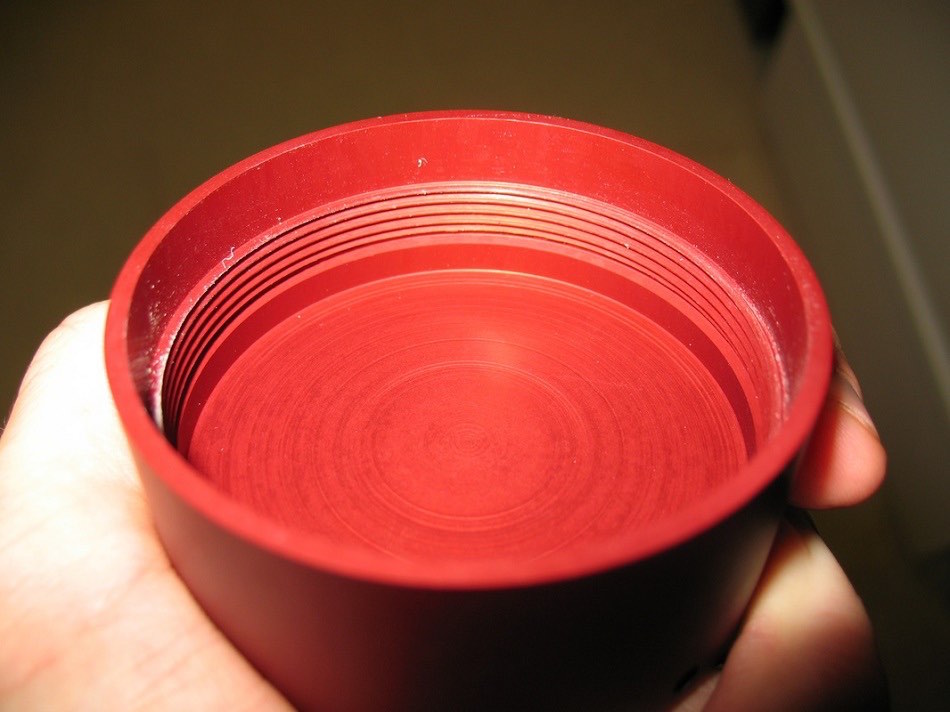
Anodizing is a process used to increase the thickness of the natural oxide layer on the surface of metal parts, primarily those made of cnc aluminum. This process serves both functional and cosmetic purposes—anodizing a part will not only form a layer on the part’s surface to protect from scratching and corrosion, but parts are also left with a matte finish, and a variety of color dyes can be added during the process.
There are two main types of aluminum anodizing:
-
Type II adds corrosion protection, is only about 0.001” thick (meaning part dimensionality is virtually unchanged), and has a wide variety of color dye options.
-
Type III, also known as hard anodizing, provides a thicker (up to 0.006”) and more protective coating, but is more limited in color—often clear or black only.
Brushing
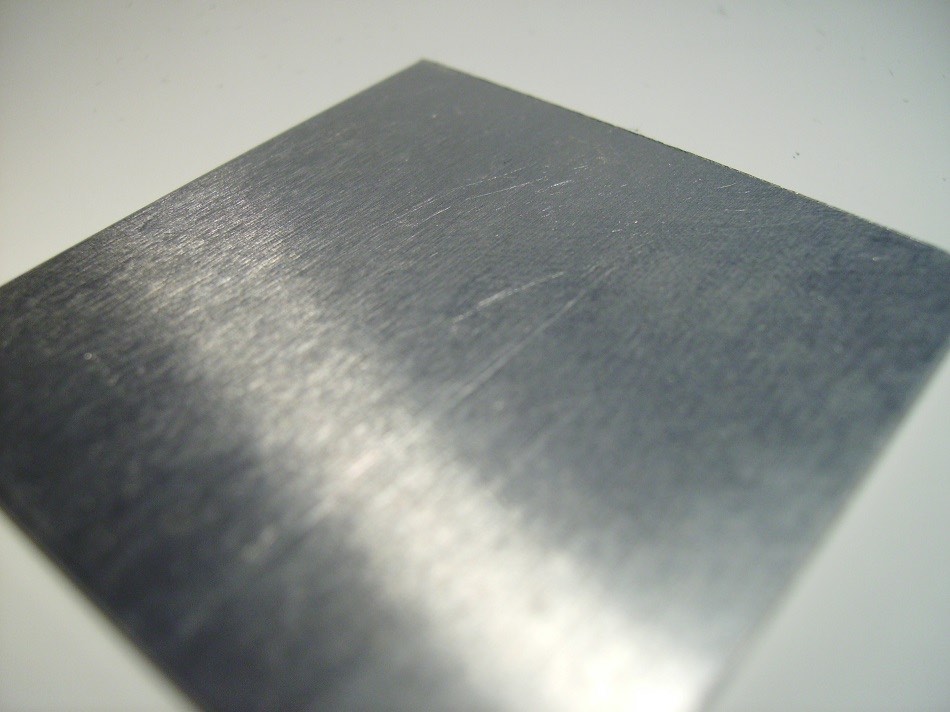
Heat Treating

There are actually several types of heat treating, but all relate to the heating of metal in different ways and for different lengths of time to alter its properties.
The most common types of heat treatment done on finished parts (most often steel) result in an increased hardness of the part. This may be desired for a wide variety of functional reasons, such as long-term dimensional consistency or wear resistance.
A side effect of heat treatment is that it will leave the part surface with a dull gray surface finish.
Laser Etching

Laser etching or engraving works by utilizing—you guessed it—lasers, which operate at high frequencies to mark a part with text, symbols, a logo, or other patterns. Most metals, and many other materials, can be readily etching by tuning the laser appropriately.
A common use of this process is to label parts with serial numbers. Laser etching also works on anodized parts and will remove the anodized layer to expose the bare metal below, which is great for high contrast logos or patterns that pop.
Media Blasting
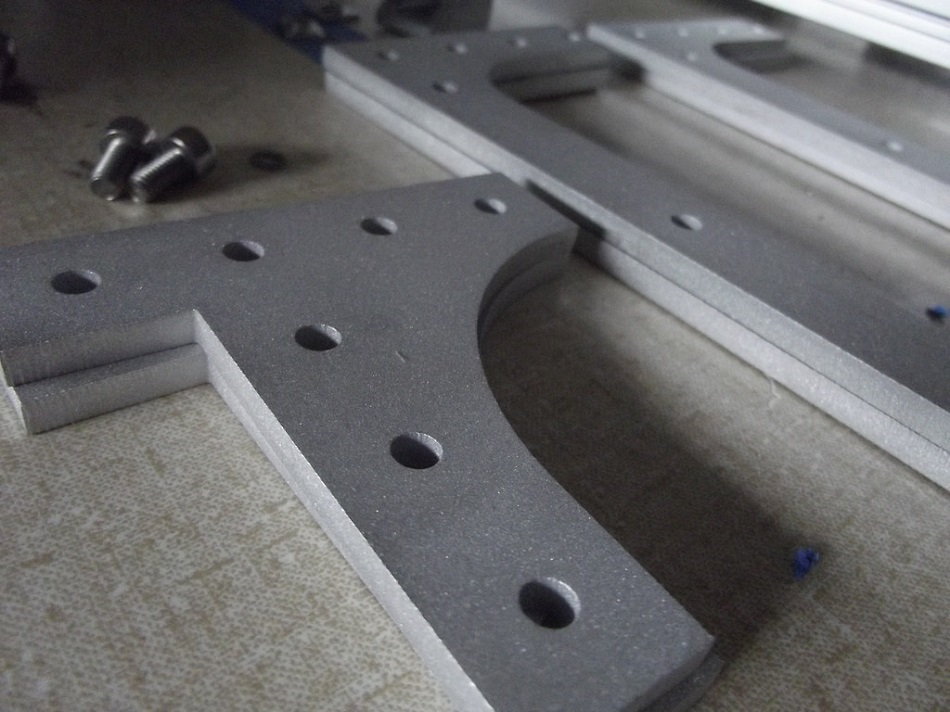
This is a cosmetic finishing technique that gives metal parts a matte appearance.
The “media” in media blasting can refer to several types of small granular materials, such as glass beads or aluminum oxide (sand). The material is fired at parts at a high velocity to apply a textured surface finish. In prototyping, this is done with a hand held spray nozzle, so the finish is not always as even as more automated blasting done during mass production runs.
Plating
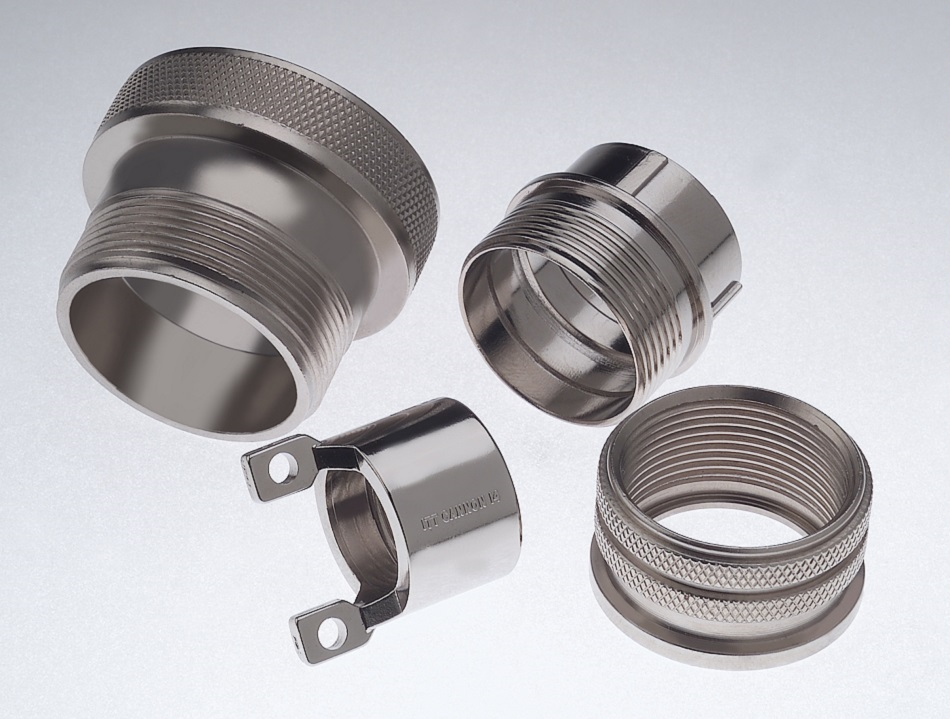
Plating is a metal finish that involves coating a metal part with a very thin layer of another metal or metal alloy, in order to protect from corrosion and oxidation of the base part, or to change its cosmetic appearance. Tin, Nickel, Zinc (galvanizing), and Chrome are all common plating metals, while copper and carbon steel are two base metals that can benefit from plating.
Polishing
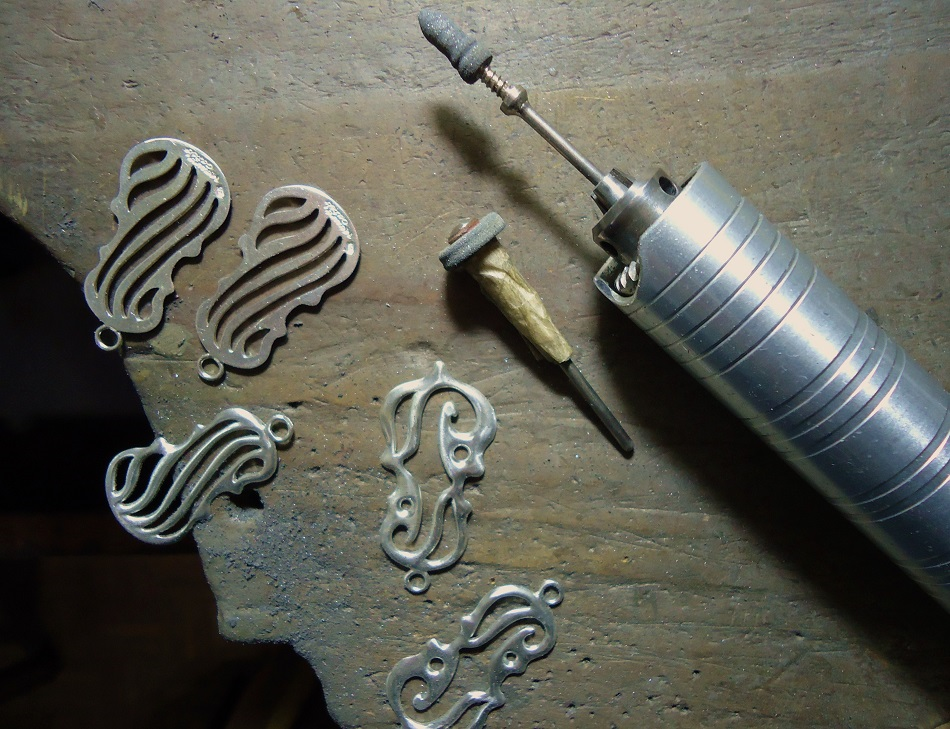
The next finishing step after sanding in terms of surface refinement. Polishing usually utilizes a buffing wheel or soft applicator and polish compound to bring a part’s surface a mirror-like or extra fine finish. Functional applications of this process include optical clarity or reflectivity of parts, and smoothing machined grooves or other features for sealing purposes.
Many metals can be polished, though with intricate geometries it can be tough to reach every surface, and harder metals such as 304 and 316 stainless steel can be time consuming and expensive to achieve a high-grade finish.
As an alternative to hand polishing and sanding, parts can be tumbled—where they are place in a large rotating drum, with or without an abrasive media. This drum rotates the parts for long periods of time to give them a refined surface finish. While selective finishing cannot be performed this way, and high levels of polish are not as readily achievable, it is usually more economical because parts can be tumbled in large batches and without operator oversight.
Powder Coating
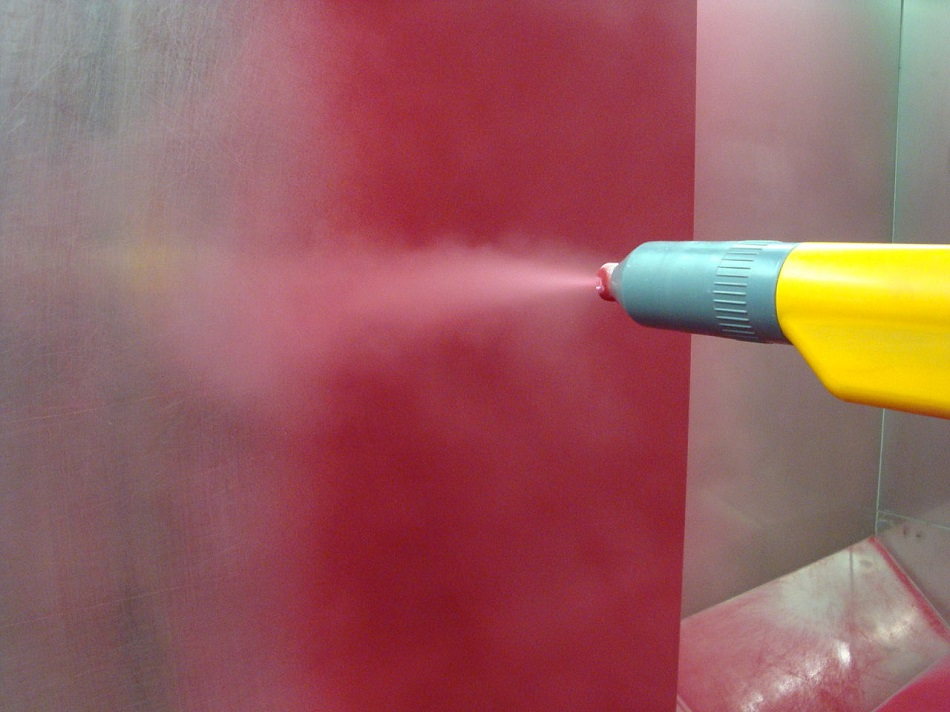
Powder coating of parts is done by applying a dry polymeric powder to a metal part using differences in electric potential.
Parts to be coated are electrically grounded; then, the powder is sprayed from an electrostatic gun or other source that induces it with a positive charge, causing it to stick to the part. Finally, the coated part is heat-cured, and voilá! A protective coating that comes in many colors.
One consideration: It will add thickness to your part, so dimensionality should be taken into consideration during part design, if possible.
Sanding
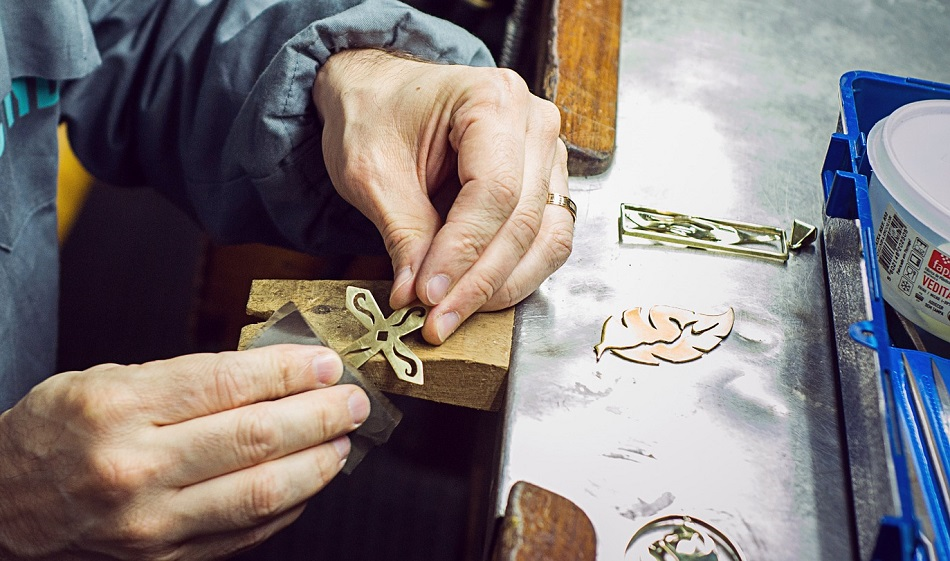
Sanding is one of the more basic metal finishing processes but still can be quite versatile for cosmetic finishing. Sanding a metal part quickly with a heavy or medium grit sandpaper can quickly remove tool marks, while progressively working a part with finer and finer grits will lead to a smooth, uniform, and even lustrous finish.
Just remember, the harder the metal, the longer it sanding takes, so stuff like steel can get expensive, if you’re not the one putting in the elbow grease.
The “Finish” Line
Not only are many of the above metal finishes useful by themselves, many can also be used in combination. For example, an aluminum part could be bead blasted or polished to give it a desired surface finish, and then anodized to add color and protection from scratching and corrosion. However, because each finish requires careful attention to detail and will add lead time on a project, finishing is usually most effective in large volumes of parts.
During the functional prototyping stage, skipping some of these processes until the design is more refined may be wise. It can take a while to fully understand all the possibilities of finishing, but after prototyping with metal for a bit, you will probably find you have some need for many of them.
Experimentation is the name of the game here—don’t be afraid to try a finish you’re unfamiliar with, if your design requirements allow or call for it. You may find aesthetic or functional benefits you never considered before!










